This post’s subject is the formation of coral reefs. Are very delicate ecosystems which many marine species depend on.
How they form?
Many little marine organisms, known as coral polyps collect calcium and carbonate ions from sea to build an exoskeleton made of calcium carbonate (CaCO_{3}) for protection.
Ca^{2+}+CO_{3}^{2-}\rightarrow CaCO_{3}
The corals are from the Cnidaria phylum and Anthozoa class, the same phylum of jellyfishes. They measure around 1.5 cm.

The corals die and a new polyps generation grows up above calcium carbonate and the process continues for thousands of years, forming many carbonate calcium layers. This animation shows the coral reef’s formation, which is represented by the colors tan and purple.
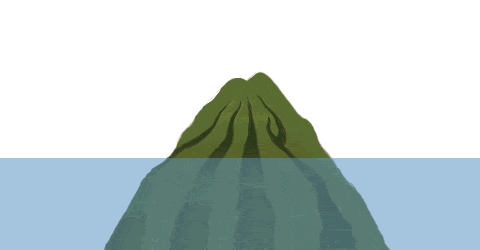
Calcareous algae and some mollusks also participate in the reef construction. How the corals produce colors? Exists a symbiosis between the corals and microalgae called zooxanthellae. These microalgae live inside polyp tissues, make photosynthesis and provide nutrients to the corals. In exchange, the zooxanthellae live from the nutrients coming from the host’s metabolism and produce pigments to the latter.
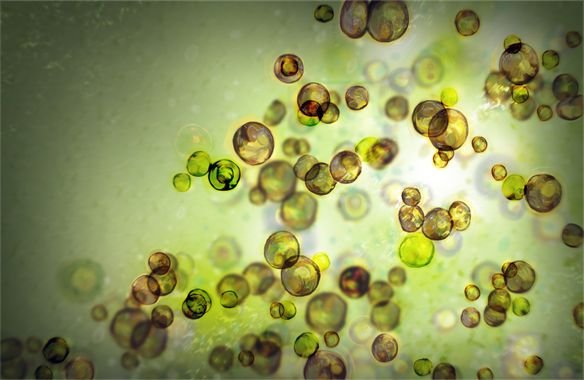
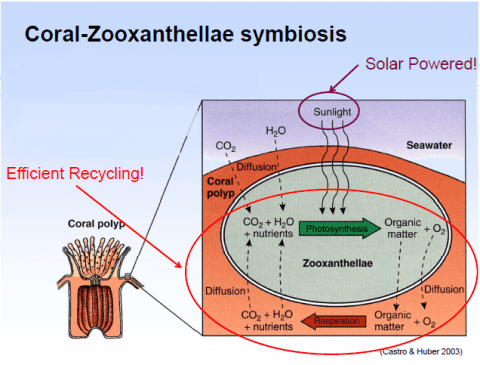
Some of these pigments can be fluorescents.
Types of coral reefs
Exist the following types of reefs.
- Fringing: grow next to the shore, it is formed from the beach and expands toward the sea.
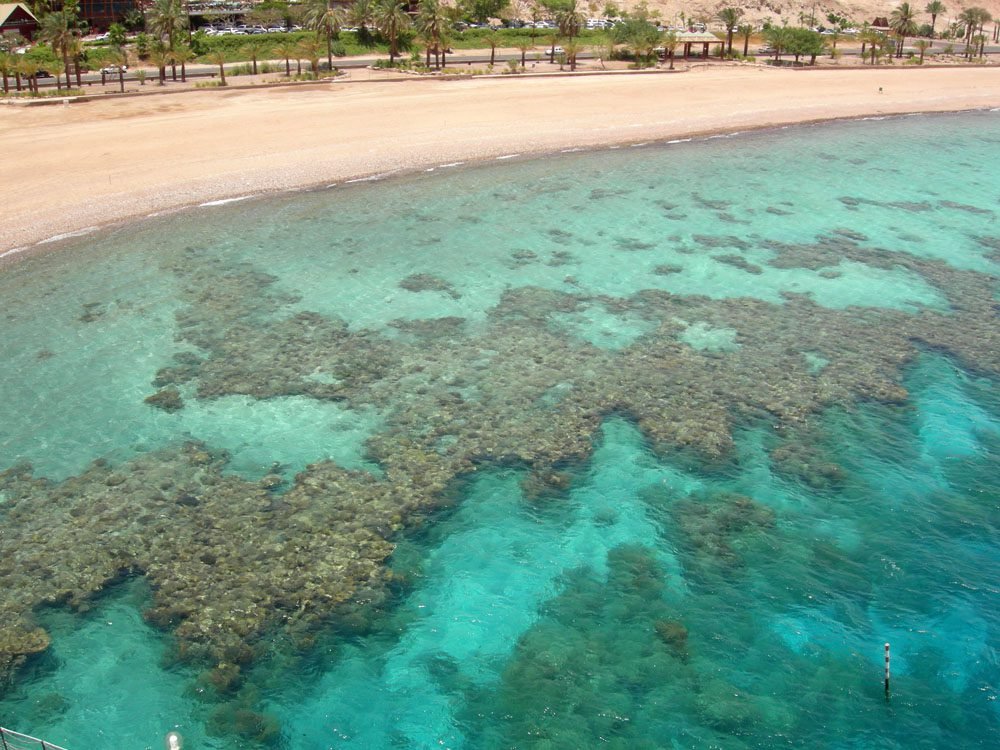
- Barrier: with erosion, the beach falls back and a deep lagoon stays between the beach and the reef.
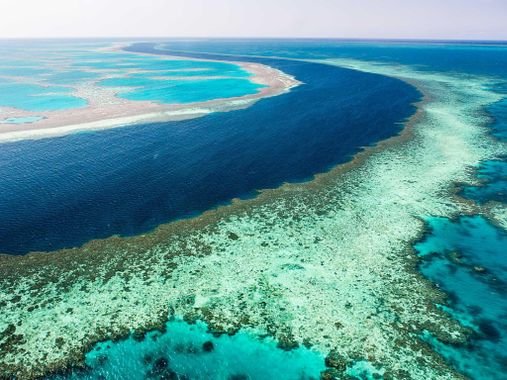
- Atoll: are circular in the middle of a salty lagoon which was an island before.
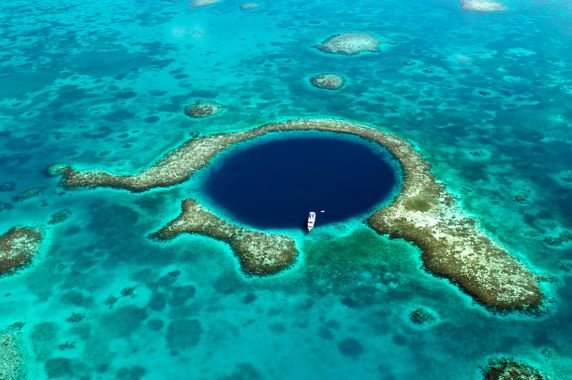
- Patch: are isolated reef “islands”, can stay close to fringing, barriers and atolls.
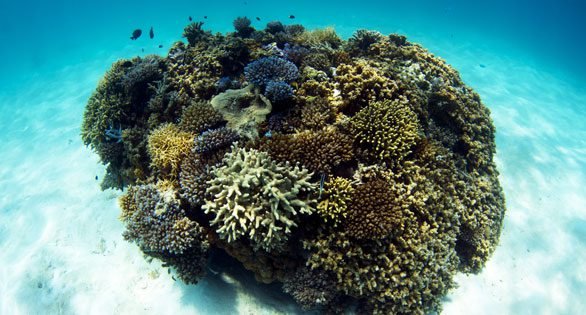
A topological vision of the most known three types.
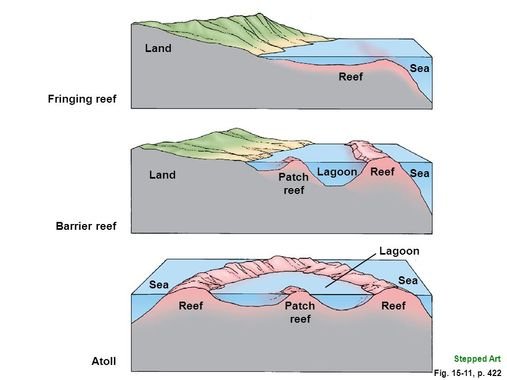
Where there are coral reefs?
Most of coral reefs can be found in waters with the following conditions:
- Latitudes equal or lower than 30º;
- Water temperature between 23ºC and 31ºC;
- In the photic zone until 50 meters deep.
This map shows where stay the reefs in red pixels.
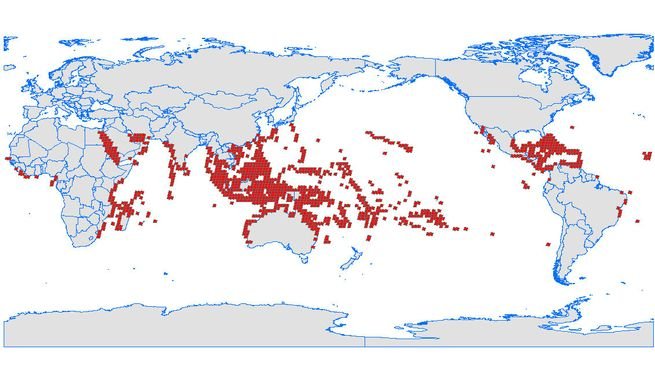
This post is not everything about coral reefs. Other posts about this subject will come.

